Obsidian is a massive volcanic glass. The term ‘massive’ has several (although related) meanings in geology but here it means that the rock (obsidian is a rock type, not a mineral) is homogenous. It lacks layering, cleavage, foliation, phenocrysts, etc. It is just a piece of volcanic glass without further conditions. In the majority of cases obsidian solidified subaerially (on land). Volcanic glass that formed underwater has alternative names like tachylite and hyaloclastite.
So the volcanic glass and obsidian are not synonyms although in many cases you can freely use both terms. It is definitely not wrong to use ‘volcanic glass’ instead of ‘obsidian’ but you should be careful the other way around — volcanic glass is not always obsidian.
Volcanic glass is an igneous rock that is composed of largely uncrystallized magmatic material. Most of it is not crystallized because the crystals had two difficult problems which restricted their growth. The first one is time. Large crystals need a lot of time to grow. There is very little of it when viscous magma is pushed out of a volcano and cools rapidly. I already gave a subtle hint what the second problem might be. It is the viscosity of magma/lava. If the magmatic body is very thick or viscous, the crystals have a really hard time forming because they simply don’t have new material coming in if almost nothing is able to move inside the magma body. The result is that everything solidifies just randomly as glass.
So obsidian forms from viscous magma only? Usually yes, but not always. Most obsidians are rhyolitic in composition. This lava is the thickest because it has the highest silica content. Why is that important? Because silica causes magma to polymerize. There are countless bridges (chemical bonds) between oxygen anions of silica (SiO2) which is the reason why this magma is so hard to move. If the magma contains lots of metals (cations) then it is less viscous because these cations break the framework structure of silica. I think this point is important and worth paying attention to because lots of people seem to think that rhyolitic magma is more viscous than basaltic magma only because its temperature is usually lower.
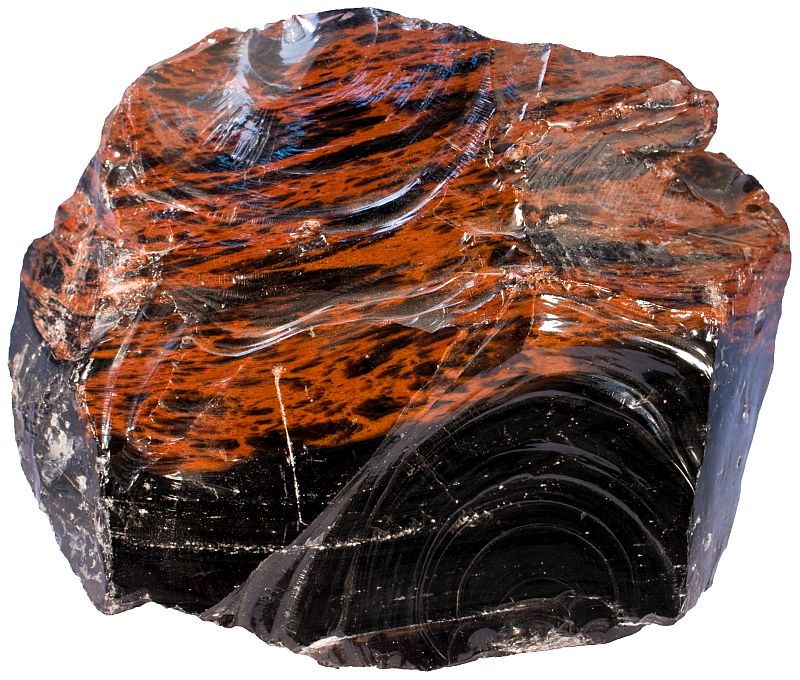
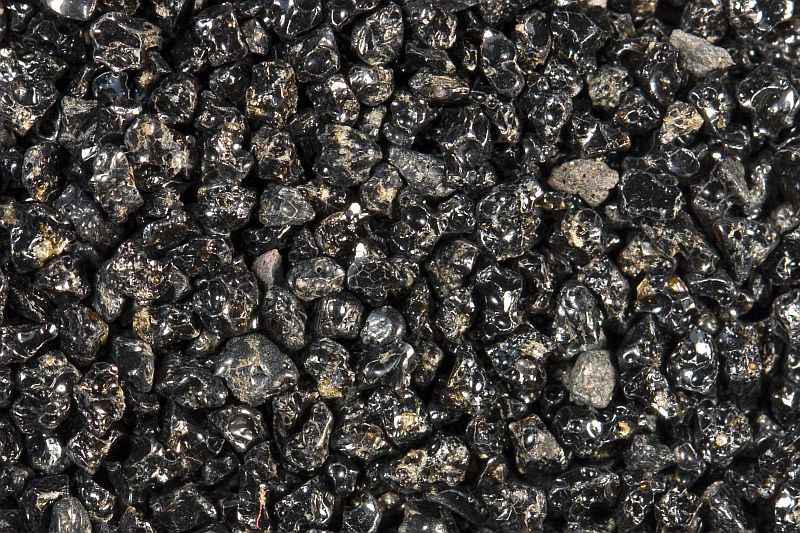
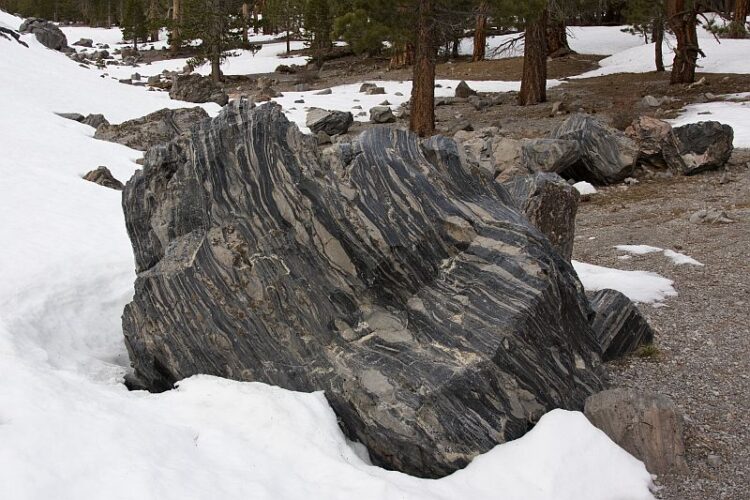
Is some volcanic glass still basaltic in composition? Yes, but in this case the cooling has been really rapid. This is the case if basaltic lava is flowing into the water. There are some nice black sand beaches in Hawai’i that are composed of fragments of volcanic glass with basaltic composition.
How to identify small obsidian fragments like sand grains? In most cases it is not too hard to do by optical examination only. Obsidian is usually black although reddish varieties are pretty common also. Obsidian has a strong luster and conchoidal fracture. This means that fracture surface is smoothly curving (like a seashell).
Obsidian is usually black. This color is caused by minute inclusions and tiny crystals in the glass. Red color is caused by the same stuff that gives red color to weathered basalt, desert sand and K-feldspar. It is mineral hematite (iron oxide).
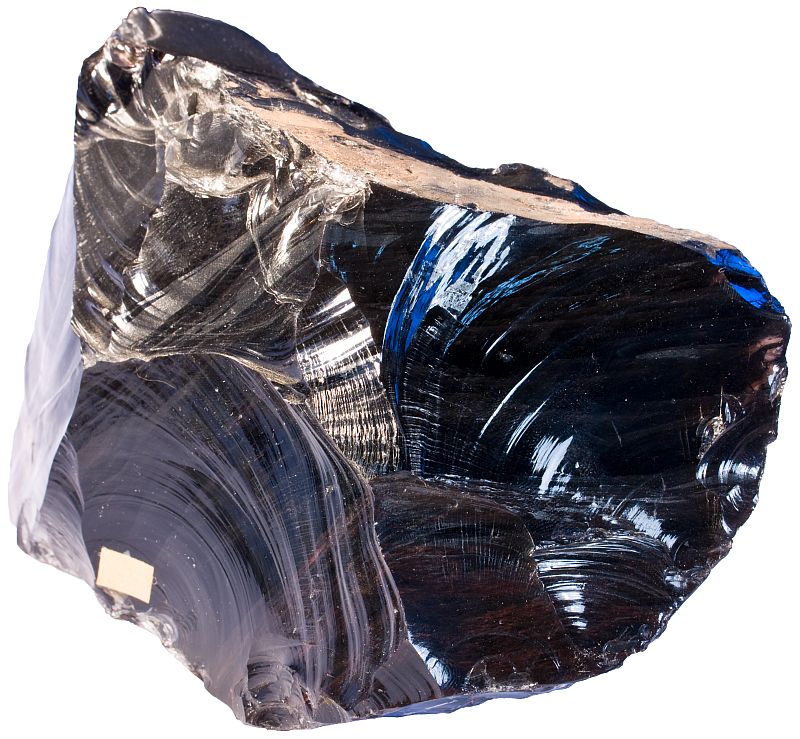
Obsidian is not stable in the weathering environment but it does not mean that it can not last millions of years. Obsidian on the Moon may be billions of years old because the Moon is dry. The same applies here on the Earth as well. In dry areas obsidian can last pretty long. However, obsidian formations older than the Cenozoic (it began 65 million years ago) are unknown.
Here are two pictures of obsidian grains picked from coarse-grained sand samples.
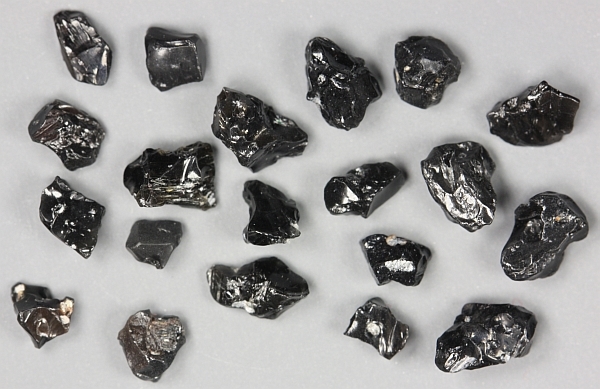
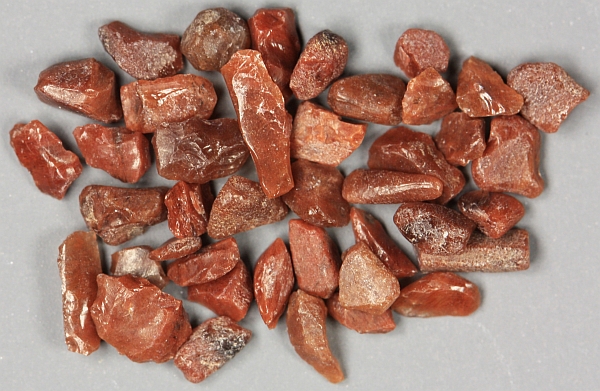

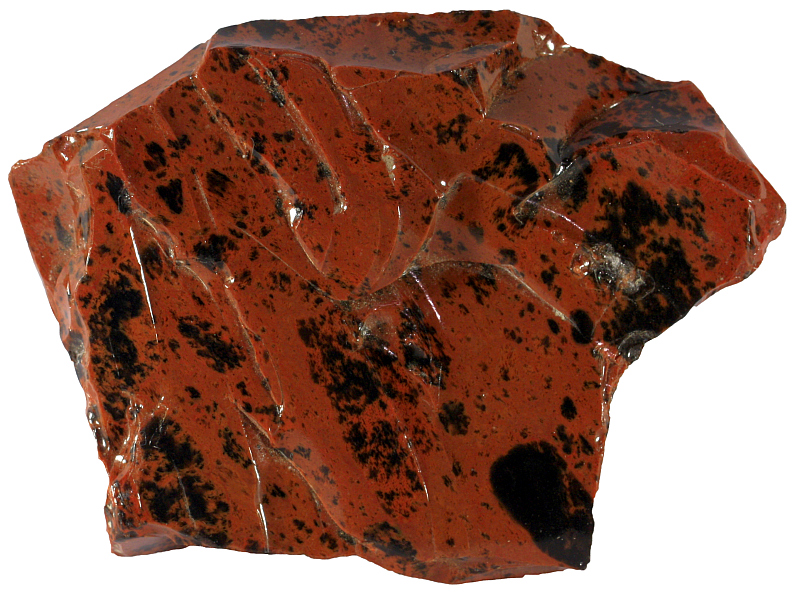
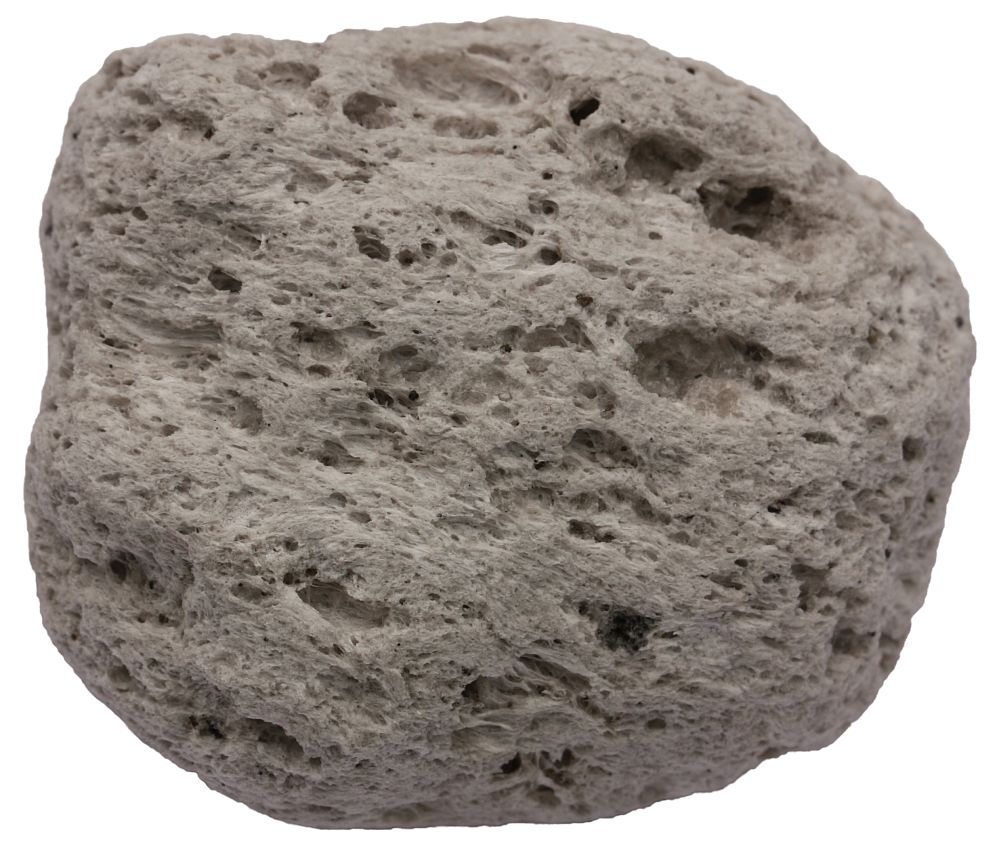
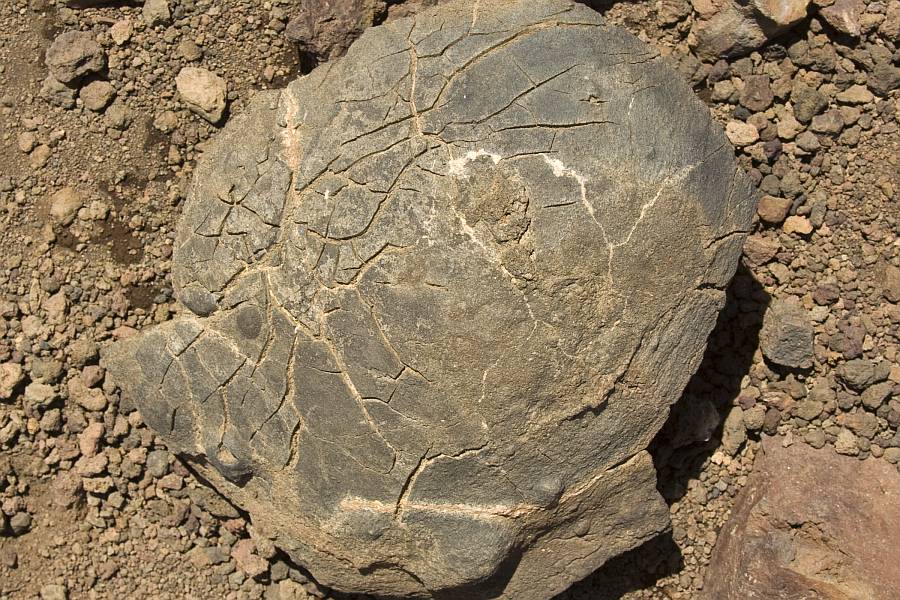
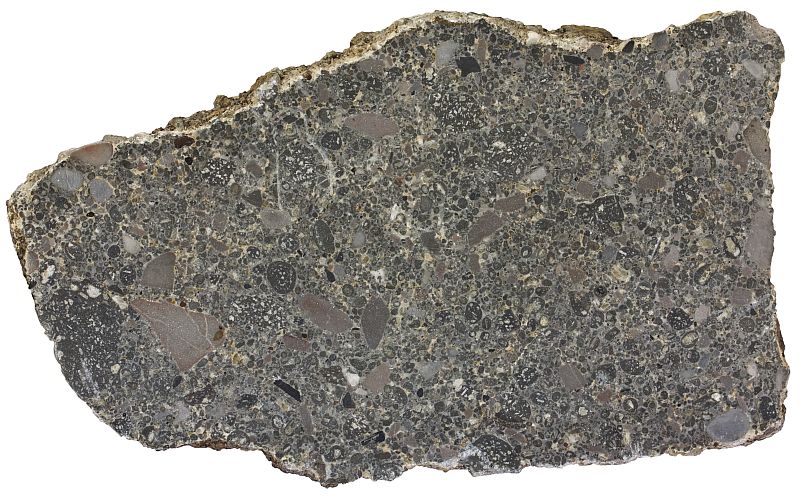
good website but I need to know why it turned out a glass not a rock. I’m doing science and need to know why obsidian is so shiny. Does anyone know? I presume its because its glass but non of the websites say.
This is the best website on obsedian I can find. I will just put that its shiny because its glass in my work, thanks for your help. This website told me all I need to know about obsidian but that. 🙂
Yes, obsidian is glass, that’s why it is so smooth and shiny.
How do Mexicans make statues from Obsidiama??
Is obsidian very light? I found what I believe to be an obsidian rock at the beach this afternoon, but it seems lighter than a rock it’s size should be.
Obsidian is usually not very light. It’s specific gravity is about 2.4 which is somewhat lighter than most igneous rocks but not much. Sometimes obsidian is mixed with pumice and that would certainly make it lighter.
Obsidian is volcanic glass. The reason it is glassy is because it has no crystal structure. It is classified as an igneous rx, although technically it is not a rock due to the definition of a rx. The reason it is glass and has no crystal structure is due to how fast it is cooled after a volcanic eruption. It cools so fast that it has no time to crystalize.
I don’t know what the rock i found is:
Its smooth and black.
What is it? I ask for everyone’s help.
Is obsidian black
There are many smooth and black rocks. Obsidian is glassy and it is usually black.
While hiking in Tennessee I found a small area with what seems to be Obsidian. Fits the description but has some of the rocks have grey/blue/green vein colors. Could this be something other than Obsidian?
It could be something different and probably is.
Hey, just being curious, if the main content is SiO2, that make sense on its viscosity and glassy texture, but for its color? i thought high silica content would lead to light color rock and low content of Silica content will create a mafic rock that is dark in color. Obsidian has >70% SiO2 while still having dark black color, why? Help me out please 😀
Please read the article. The answer is there.